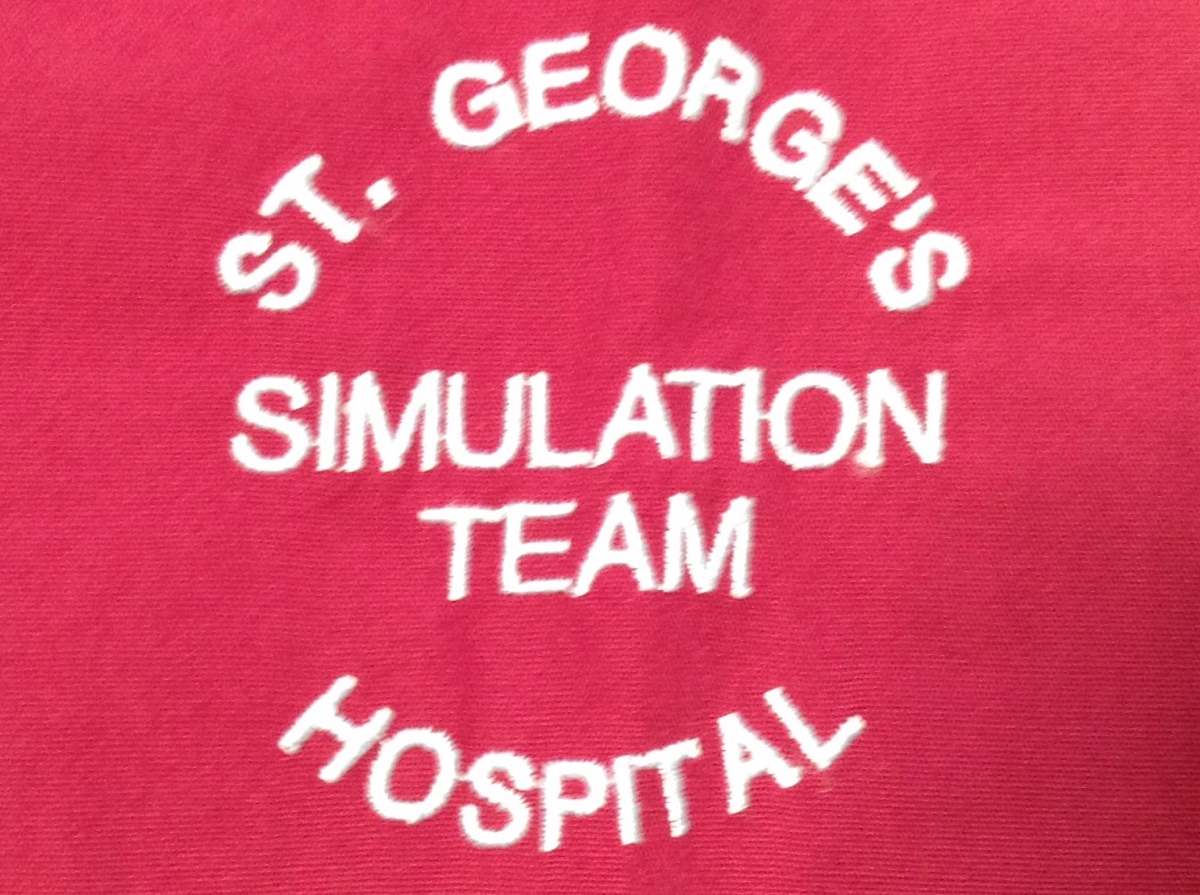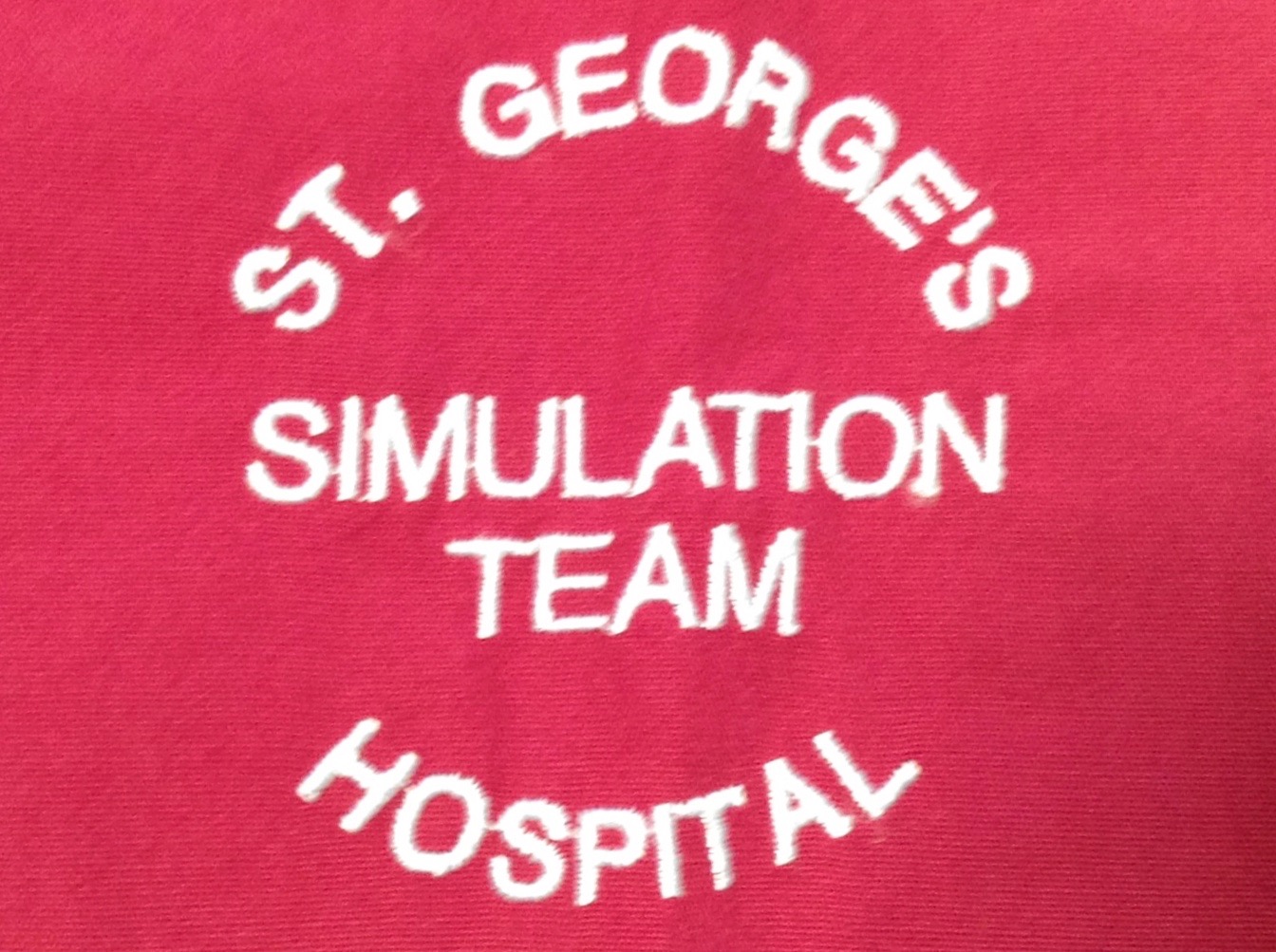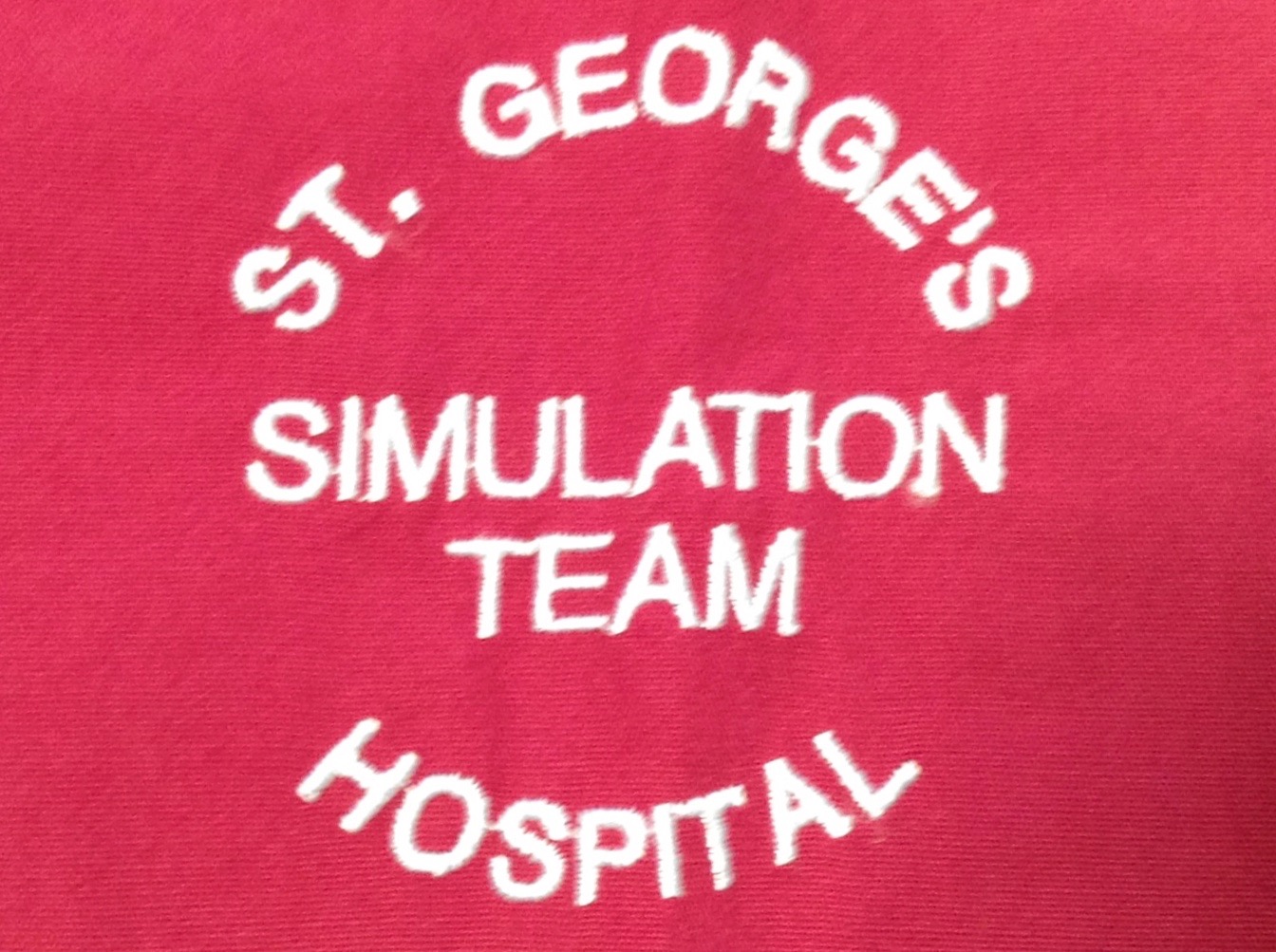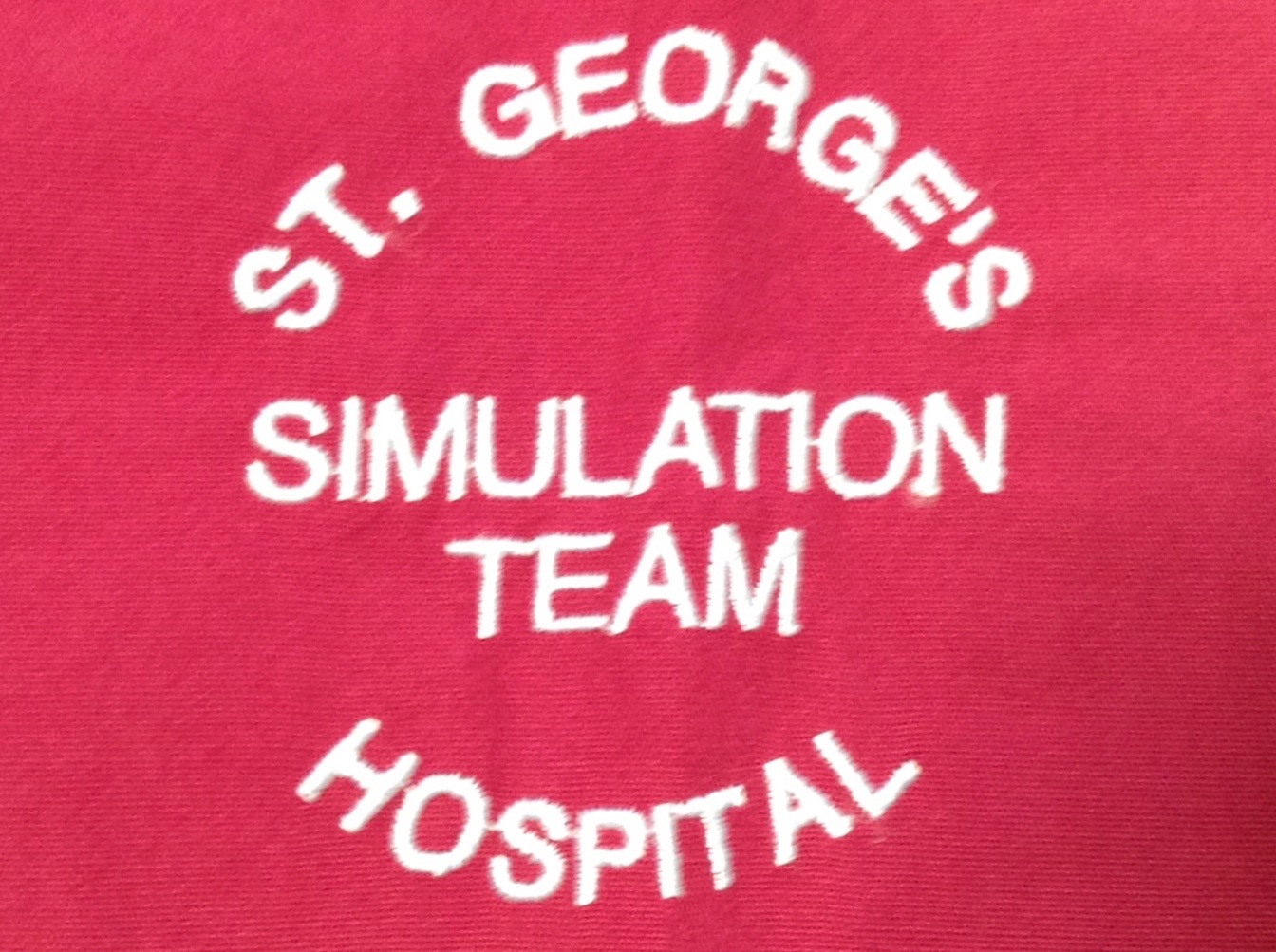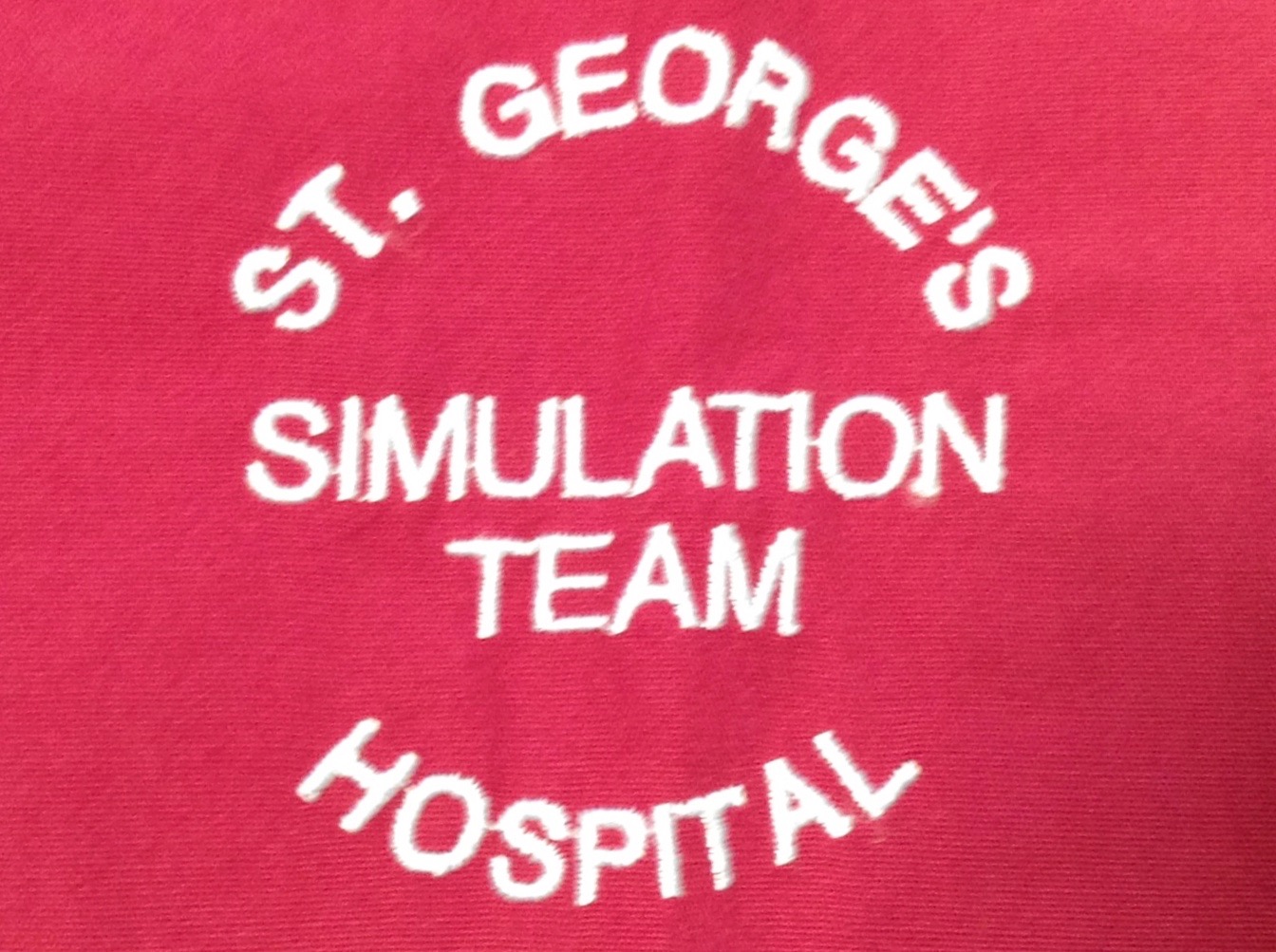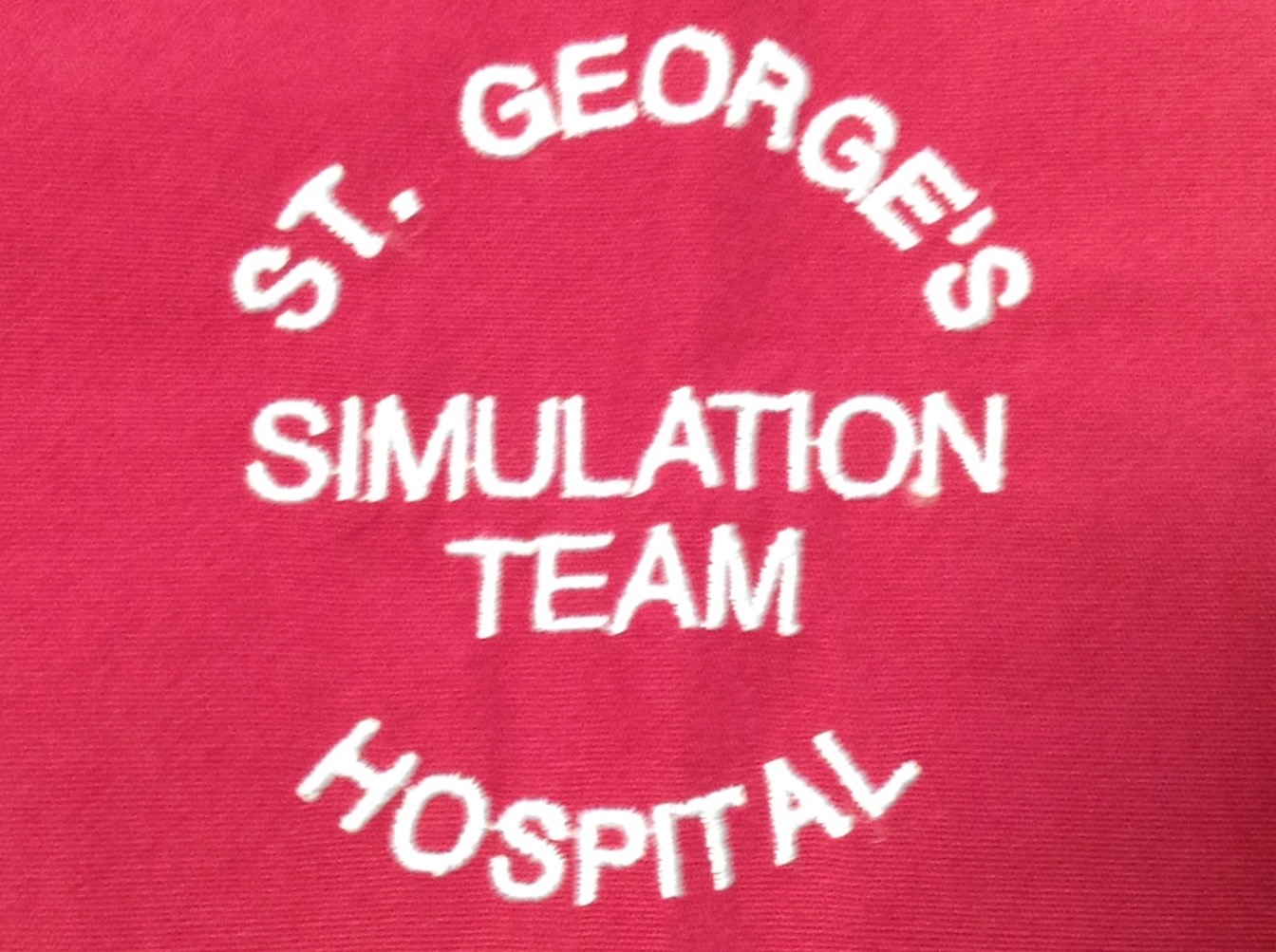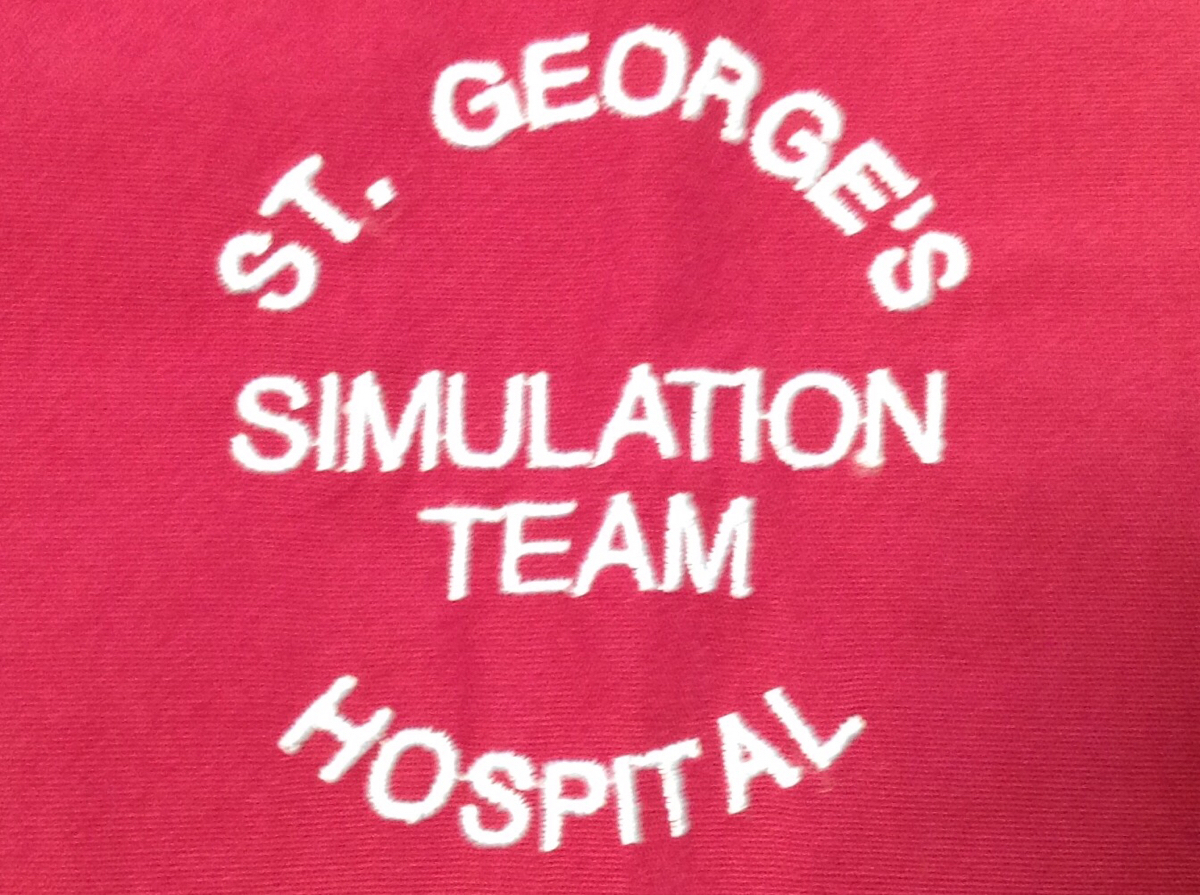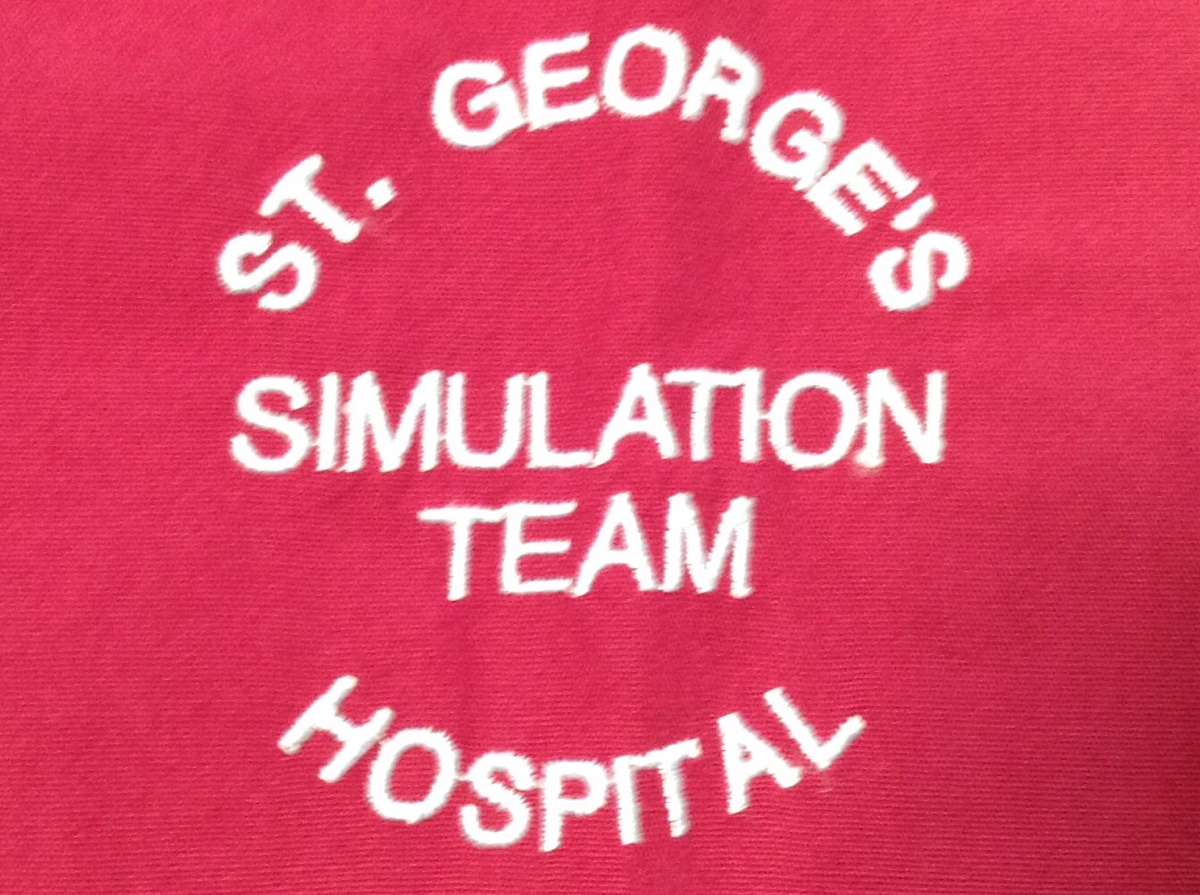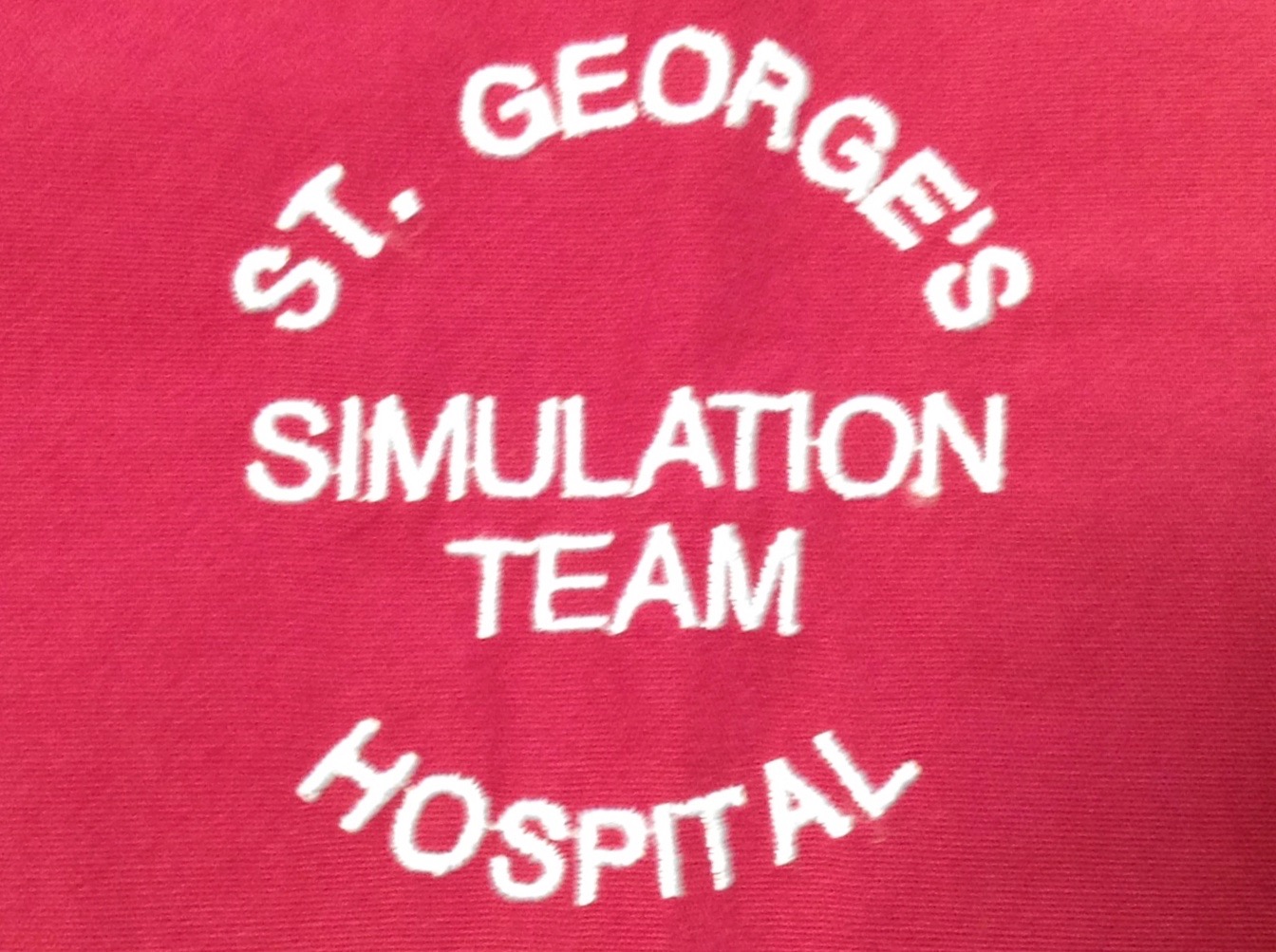Page de titre
-
Document number
-
SPOTS - Simulation Peer Observation Tool for Clinical Educators
-
Key Descriptors Clinical educators; peer feedback; simulation-based learning; observation; briefing; debriefing; continuing professional development; teaching and learning.
-
St. George's NHS Foundation Trust - GAPS Learning Centre, London
-
Author: Huon Snelgrove
-
Author and version Huon Snelgrove V. 1.4
-
Position
Purpose
-
The purpose of this form is to help multi-professional clinical educators explore teaching practices through peer observation and feedback. The specific teaching context is small group learning combined with clinical simulation.
The form should be discussed ahead of observation with the teacher being observed. Part of the discussion should focus on the kinds and areas of feedback the teacher wishes to focus upon.
Instructions
-
Before you start, review the form with the teacher being observed and discuss what areas for feedback are a priority for both of you. Your observations may be limited to a short session or extended over a day's programme. The responses and comments in this form are confidential.
Teacher and Programme Details
-
Teacher/Facilitator's Name
-
Role and Position
-
Course Name
-
Date and Time
-
Purpose of Observation
- Workshop
- Short lecture
- Small group work
- Clinical Skills teaching
- In situ simulation exercise
- Laboratory simulation exercise
- Simulated patient tasks
- Part task simulators
- Patient simulators
- Bedside teaching
-
Peer Observer Name
-
Type of Session
- Workshop
- Short lecture
- Small group work
- Clinical Skills teaching
- In situ simulation exercise
- Laboratory simulation exercise
- Simulated patient tasks
- Part task simulators
- Patient simulators
- Bedside teaching
-
Type of learner(s)
- Doctors
- Nurses
- Midwifes
- Medical students
- Nursing students
- Health care assistants
- Other health professions
-
Number of Learners
-
Duration of Observation
-
Tick the box if you reviewed this form with the teacher before observations started
-
What areas for feedback did the teacher identify as personally important?
-
Photo of Teaching Context
-
Location in Hospital
Clinical Simulation Teaching
-
Tick the box if the facilitator conducted a pre-simulation briefing with learners
-
Put learners at ease and created a supportive and motivating environment
-
Gave learners a clear conception of the structure and goals of the learning activity
-
Explored learners' expectations and personal learning priorities (e.g. for feedback)
-
Made explicit how team or individual performance would be judged (e.g. elicited standards)
-
Encouraged learners to mentally simulate - to anticipate behaviours, to imagine 'what if...?' - in the upcoming task.
-
Add Comments
Clinical Simulation - Task Management & Leadership
-
Did the facilitator run the simulation exercise (Tick box if 'Yes')
-
Is knowledgable and confident about the design of the simulation task(s) and understands aims, structure and expected outcomes.
-
Is able to trouble shoot logistic problems in the set up of the simulation exercise (e.g. Assist with microphones, monitor set up, mannequin set up, audio and video)
-
Consistently monitors the running of the simulation exercise and takes leadership when required - e.g. to direct clinical progression with physiological changes using control monitors or to take decisions to conclude the exercise;
-
Draws on different strategies to promote learning during the clinical simulation - e.g. giving participants the option to request bedside teaching; pausing the scenario for time out; etc.
-
Stresses the role of clinical simulation in improving professional practice both for individuals and teams.
-
Is effective in addressing both clinical and non technical issues related to the simulation scenarios - e.g. Anaphylaxis, team communication - and relating these to wider hospital system and safety questions
-
Add Comments
-
Clinical simulation exercise photo
Clinical Simulation - Debrief
-
Your observations may be based around a single debrief session or a series of different ones across the whole programme.
-
Tick the box if the facilitator led the debriefing session
-
Gives the opportunity to participants to come out of role ( e.g. How do you feel? How challenging was that? What did you enjoy most here?)
-
Focuses attention on the learning objectives and goals of the session (including individual and team feedback priorities from pre briefing)
-
Identifies which observers were assigned to give feedback on specific themes e.g. Rhonda was observing how the team shared information
-
Signposts transitions to different topics clearly throughout session (e.g. "So let's begin / move onto clinical management decisions now)
-
Encourages learners to actively 'seek' feedback from peers and tutors
-
Ensures that the discussion about what people observed is analytical - asks observers to describe WHAT they observed.
-
Provides feedback on individual and also team performance
-
Puts aside assumptions and judgements and uses a variety of question techniques - e.g. probing questions; what if questions - to involve observers and participants.
-
Uses different resources effectively (e.g. video; observer sheets; white board)
-
Highlights specific areas of good practice and also for improvement (e.g. identifies performance gaps in individuals and team)
-
Deploys silence strategically to put focus on learner discussion and to monitor their understandings.
-
Uses techniques like 'pair work' to give practice in areas which need improvement (e.g. 'Working in pairs re enact the SBAR handover for this patient)
-
Checks for group understanding and take home messages (e.g. asking learners to summarise key points)
-
Asks participants to reflect on what future learning strategies will be useful to fill the gaps in performance identified
-
Add Comments
-
Add media
Small Group Facilitation & Teaching
-
Tick the box if you observed the teacher in small group teaching & learning sessions.
-
Sets clear goals for small group learning tasks and explains tasks clearly.
-
Builds on and relates task to prior knowledge and experience of learners
-
Relates activities to the perceived learning needs of participants
-
Enables group interaction by generating a positive atmosphere
-
Promotes critical thinking and collective problem solving
-
Finds a balance between leadership, active listening , questioning, reinforcing, reacting, clarifying and silent monitoring of discussions, and does not dominate the conversation
-
Draw layout of the small group work
-
Add Comments
Interprofessional Learning
-
Tick the box if the programme is multidisciplinary
-
Arranges seating and activities to maximise involvement and interaction between different professional roles.
-
Questioning is done so that all professional roles are engaged and have equal opportunities to contribute to discussions
-
Shows awareness that learning needs to be paced and pitched to different needs In multidisciplinary groups.
-
Provides opportunities for different professional groups to learn with from and about each other.
-
Photo of inter-professional activity
-
Add Comments
Teacher Traits
-
Tick the box to rate personal teacher characteristics you observed
-
All things considered, how would you rate this person's effectiveness today as a teacher? Indicate your agreement on the scale from 1-5 where: [5=Strongly Agree; 3= Neutral; 1= Strongly Disagree]
-
Spoke clearly, audibly and at appropriate speed.
-
Made sure learners understood activities and objectives of the course
-
Showed enthusiasm for teaching
-
Exhibited empathy and concern for learners
-
Used first names, eye contact and appropriate body language to engage the group
-
Successfully related to learners and stimulated their interest in course
-
Was sensitive to excessive 'teacher talking'
-
Showed how programme related clinical knowledge, practical skills and non technical skills to hospital practice.
-
Gave constructive feedback consistently to individuals and teams
-
Was well organised and prepared
-
Add Comments
Participant Feedback and Documentation
-
Tick the box if documentation on feedback is available
-
Tick all the available sources of feedback about the course from the choices listed
- Attendance register
- Badges
- Online course evaluation
- Paper-based evaluation form
- Tracking assessment
- Video playback
-
The facilitator discussed participant feedback with colleagues at end of course
Teaching Development Recommendations
-
The observations you have recorded should be discussed with the teacher you observed before closing and saving the document as a PDF. The teacher's response to these observations can be recorded also.
In your summary you should try to identify examples of excellent practice as well as areas where the teacher can strengthen their practice. Remember also to provide feedback on areas of teaching your colleague identified as most personally important. -
Examples of Excellent Practice
-
Areas for development
-
Suggestions for improvement
-
General Comments
-
Response to Feedback
-
Global Evaluation of Teaching Session Today<br><br>
Sign Off
-
Observer's signature
-
Signature of teacher observed
